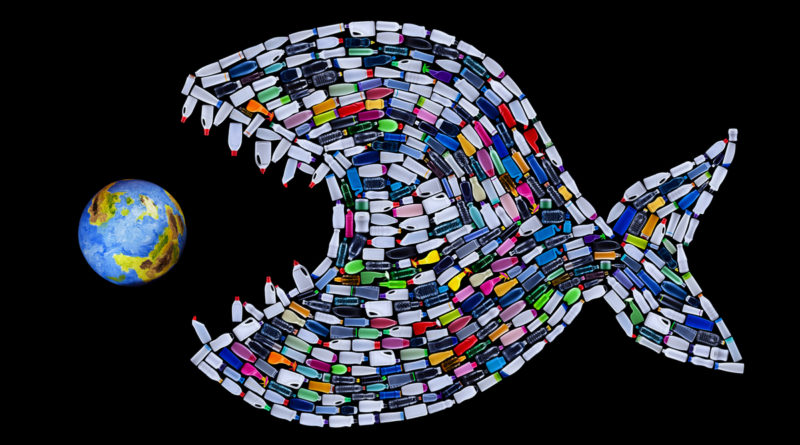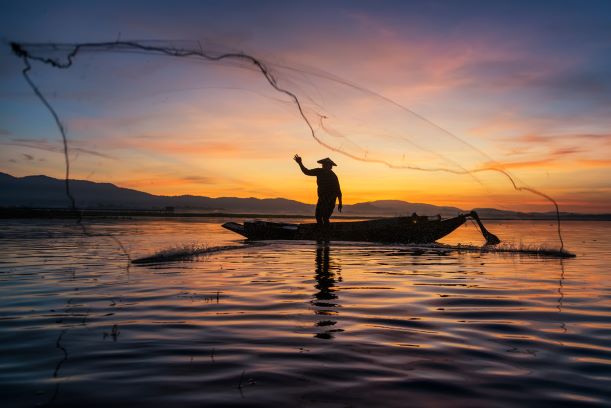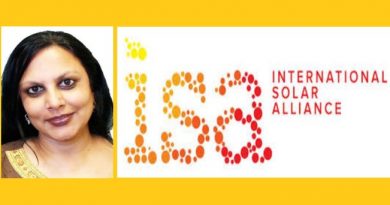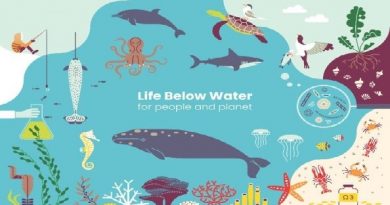PPP Model for Ganga Waste Treatment Plants Wins WB Sustainable Development Award
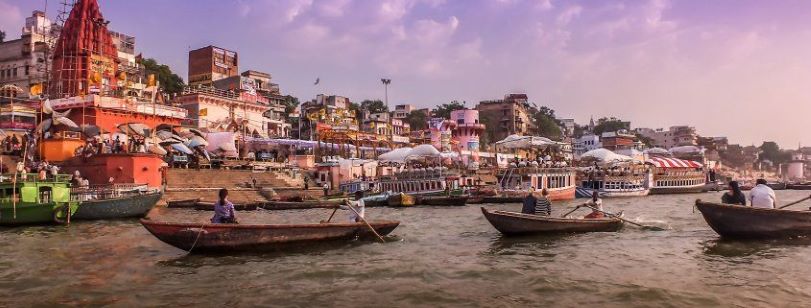
An Innovative Hybrid Annuity model for Waste Water Treatment Plants for Ganga Basin has won the World Bank’s Sustainable Development award. The model supports financing and sustainable operations and maintenance (O&M) of wastewater treatments plants in the Ganga Basin.
The private sector also participates in this model which is a collaboration of World Bank, IFC and 2030 WRG which is taking the model from concept to implementation.
The Public Private Partnership (PPP) mechanism is a hybrid Annuity Model in which the government pays 40 percent of the project cost linked to construction milestones. The remaining 60 percent is paid over 15 years as annuities to the private concessionaire along with operation and maintenance expense. In addition, there are performance-linked payments that will ensure the upkeep of the wastewater treatment plants.
This forms the first PPP in the wastewater treatment business models in India. According to their statement, the government has approved additional PPP projects in the Ganges Basin and utilizes the existing $1 Billion World Bank Loan to mobilize private capital.
World Bank credits 2030WRG to have played a critical role in making the mechanism a success. In 2015, 2030 WRG initiated a PPP demonstration project for the cities of Mathura-Vrindavan through multi-stakeholder discussions and pre-feasibility studies to assess the project scope, partnership approaches, and hybrid annuity-based PPP options for the development of sewage treatment and reuse infrastructure.
“2030WRG has played a strong catalytic role in unlocking PPPs for wastewater treatment in the Ganga.” Dr. Amarjit Singh, Ex-Secretary, Ministry of Water Resources, River Development and Ganga Rejuvenation.
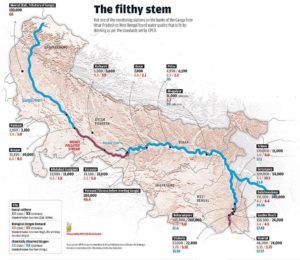
Our Take…
There is a Catch with the mechanism-the payment linked to the performance of Sewage water treatment plants or STPs does not specify any monitoring. Are there enough monitoring machines installed to check the quality of the treated water for 15 long years?
Ganga Basin which covers more than a quarter of India’s land, and is home to 450 million people is polluted by 8,000 million liters of untreated wastewater which flows directly into the River Ganga, every day.
Despite the Governments’ efforts, even after 4 years and allotment of more than Rs 22,000 crores, the flagship programme to Clean Ganga remains elusive in terms of real results. The mechanism so far has addressed only one of the challenges-Sewage water treatment. Other issue which remains unsolved is – Sludge Problem. Against the standard of 2,500 per 100 ml, the faecal coliform in Ganga ranges from 2,500 to 2,40,000 per 100 ml in the Ganga basin cities in May 2018, as per data provided by pollution control boards of five states along the Ganga basin.
A back-of-the envelope calculation by the Centre for Science and Environment (CSE), a Delhi-based non-profit, showed that about 180 MLD sludge would be generated in five Ganga basin states when they become ODF (Open defecation free). And if proper faecal sludge management is not in place, it would invariably pollute the Ganga. What should cause further concern is that faecal sludge is a bigger pollutant than sewage. While the BOD of sewage is 150-300 mg/l, that of faecal sludge would be 15,000-30,000 mg/l.
Another major issue that leaves much room for action is restoring the flow of water. A river is a self-purifying system only when water flows through it. The Ganga fails this basic test except during monsoons. Which is why Fish kill incidences have increased in past few years.
Also according to Wildlife Institute of India in May 2018, 16 existing, 14 ongoing and 14 proposed hydroelectric projects on the Bhagirathi and Alaknanda river basins have turned the upper stretch of the Ganga “ecological deserts”. IIT experts like A. K Gosain says that such projects need serious tweaking to ‘consume less water’. This may raise the cost of the project but in the long run, will ensure Ganga’s longevity.
We hope that with the involvement of Private parties and less risky financing, other problems will also see these three such parties chalk out other plans to revive the dying holy river. If the mechanism can be extended to ban plastics from entering water (to reduce microplastic pollution in marine lives).
Picture credit: Down to earth

